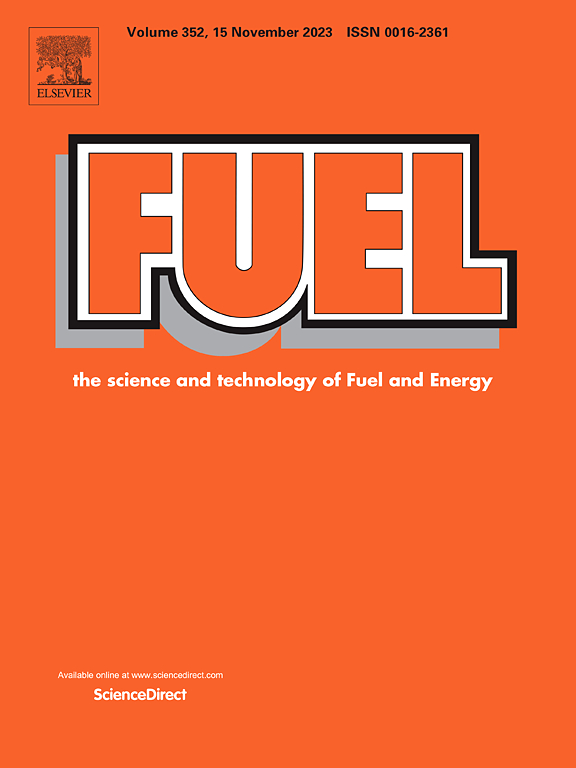The use of machine learning models to estimate the viscosity of Brazilian water-in-crude oil emulsions
IF 6.7
1区 工程技术
Q2 ENERGY & FUELS
引用次数: 0
Abstract
The Brazilian oil and gas sector has observed rapid growth over the last decade, principally due to substantial pre-salt reserves and advancements in deepwater technologies. This expansion has, however, introduced complex challenges related to flow assurance in offshore production systems, particularly with high-viscosity water-in-oil (W/O) emulsions that significantly impact flow efficiency. In this context, the current study aims to address these challenges by applying machine learning (ML) models to predict the viscosity behavior of emulsions derived from 23 Brazilian crude oils, utilizing a large dataset, encompassing 6,930 datapoints and evaluating different model configurations as random forest (RF), gradient boosting (GB), and artificial neural networks (ANN). The performance of the models was evaluated through R2 score, mean squared error (MSE) and average relative deviation (ARD) metrics, demonstrating that RF was the most balanced model, achieving an R2 of 0.9962 and the lowest ARD of 10.67%, indicating its high accuracy and precision. While the GB model achieved the highest R2 of 0.9980, its higher ARD (36.3%) indicated limitations in point-specific accuracy. Similarly, the ANN model demonstrated robust general trend prediction (R2 of 0.9971) but struggled with localized precision (ARD of 36.67%). Furthermore, comparisons were performed with well-stablished viscosity correlations, including those proposed by Rønningsen and Farah et al.. These comparisons demonstrated the superior performance of the RF model, evidenced by lower ARD and higher R2 values. Moreover, the RF model also outperformed other machine learning models reported in the literature, further validating its robustness. The obtained results highlighted the improved capacity of the developed models in predicting viscosity behaviors of W/O emulsions and the reliability of ML techniques for accurately predicting emulsion viscosity, providing significant support for engineering applications where precise flow assurance is critical.
求助全文
约1分钟内获得全文
求助全文
来源期刊

Fuel
工程技术-工程:化工
CiteScore
12.80
自引率
20.30%
发文量
3506
审稿时长
64 days
期刊介绍:
The exploration of energy sources remains a critical matter of study. For the past nine decades, fuel has consistently held the forefront in primary research efforts within the field of energy science. This area of investigation encompasses a wide range of subjects, with a particular emphasis on emerging concerns like environmental factors and pollution.
 求助内容:
求助内容: 应助结果提醒方式:
应助结果提醒方式:


